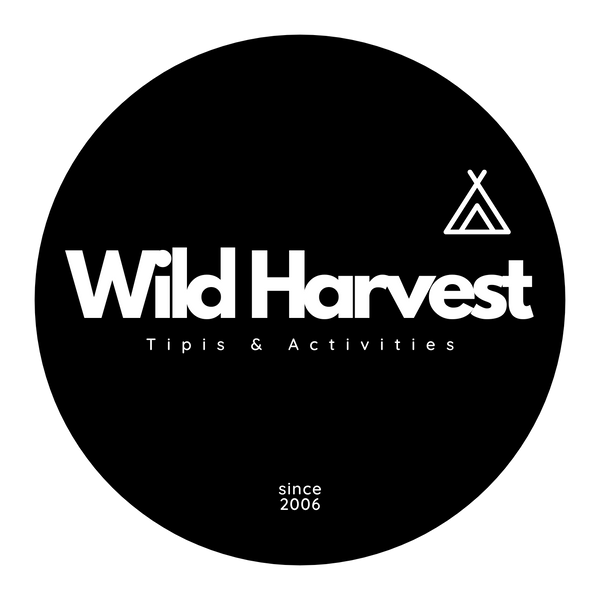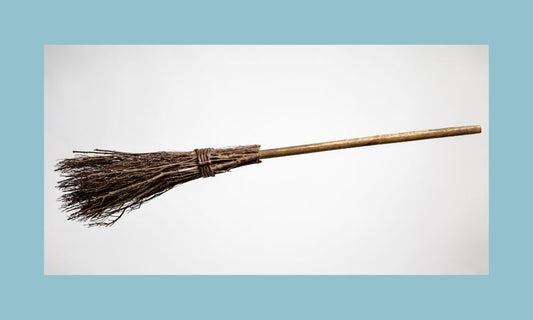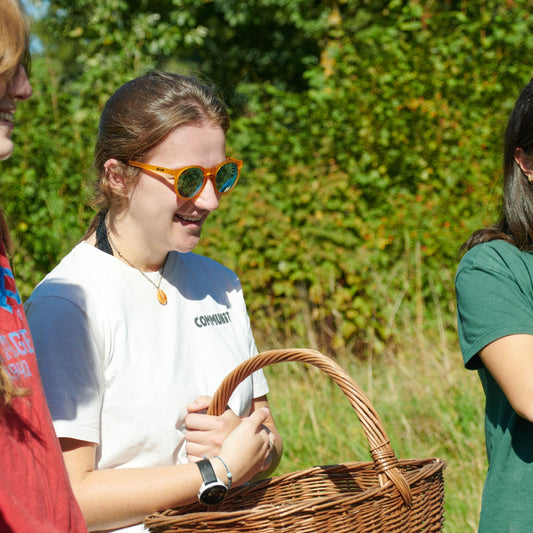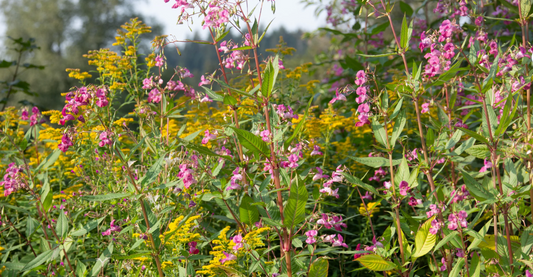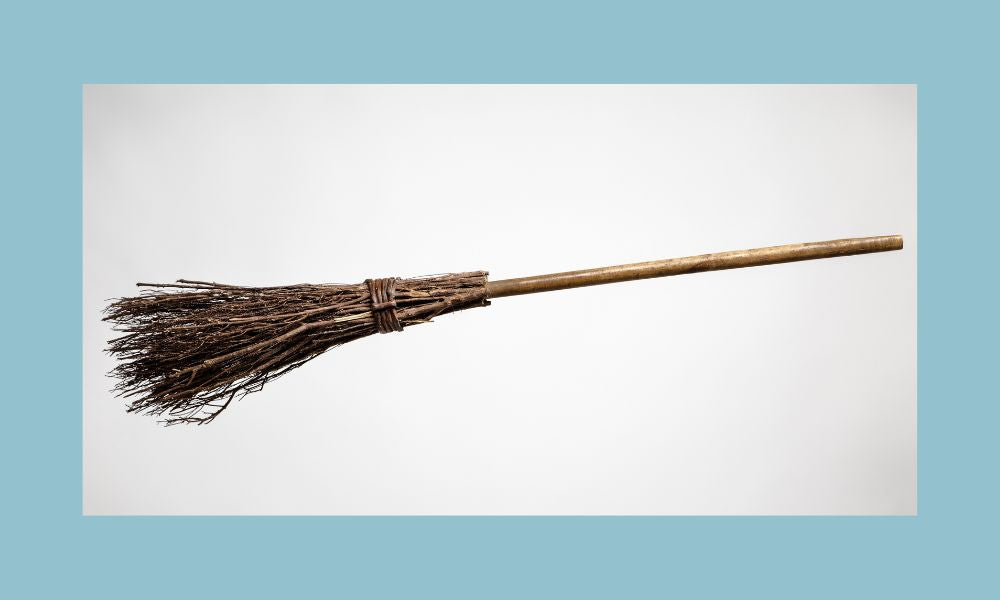
How To Make a Broomstick?
If you are here, you have probably wondered how you can make a traditional broomstick (or more likely 'How to Make a Broom', they just get nick-named Broomsticks at this time of year (writing this blog at the end of October!) from just what is growing around you right now...
Whether it's for Halloween or for sweeping the patio, please find here my easy method to use what is local to you to fashion a broomstick that is simple but useful, and yep, that can also be used for Halloween!
The image below shows the chapter from my book 'How To Be More Self-Reliant, Naturally'. It can be found on page 201.
How To Make a Broomstick?

How To Make A Broomstick?
Brooms Can Be Made from the Natural Materials Around You.
For a handle choose a straight length of ash, chestnut or hazel about five feet long and about 1.5 inch diametre (3.5 ish cm).
For the bristles you need to gather either dried heather off the moor (ensuring you cut the bundles at the base to keep the stems on) or leafless bushy winter branches of birch.
The bundles of bristle need to be about 1.5 feet long. This gives a foot for the brush and 6 inches to be lashed to the pole.
The image above shows one area of lashing, I prefer to lash in two places. For the lashing you will need soaked and mellow three or four foot willow, just four rods.
Drill a hole (a hand drill will do) at two points up the pole. The holes should be the width of the based of your willow, with the first hole being around 14 inches from the bottom of the pole (so it lashes the bottom of the top part of the bundle and the second around 16 inches so that it lashes the top part of the bundle). When you have drilled the two holes, poke the butt ends of the soaked willow into them, working quickly before the willow dries out, arrange the bristles around the pole and wrap the willow tightly around the bristles finishing off by tucking it in a couple of times.
Trim your your brush ends.
These brooms can be easily repaired by putting new brushes and lashings on every year.
Fly free! No, remind me to tell you about where the folklore about flying on broomsticks comes from!
Here are some more photos of natural materials turned into Brooms... The first showing twine as the lashing for birch, and the second images showing a broom without a handle - basically a bundle of willow, lashed with more willow.
What do you have around you that you could use to make a broomstick?


